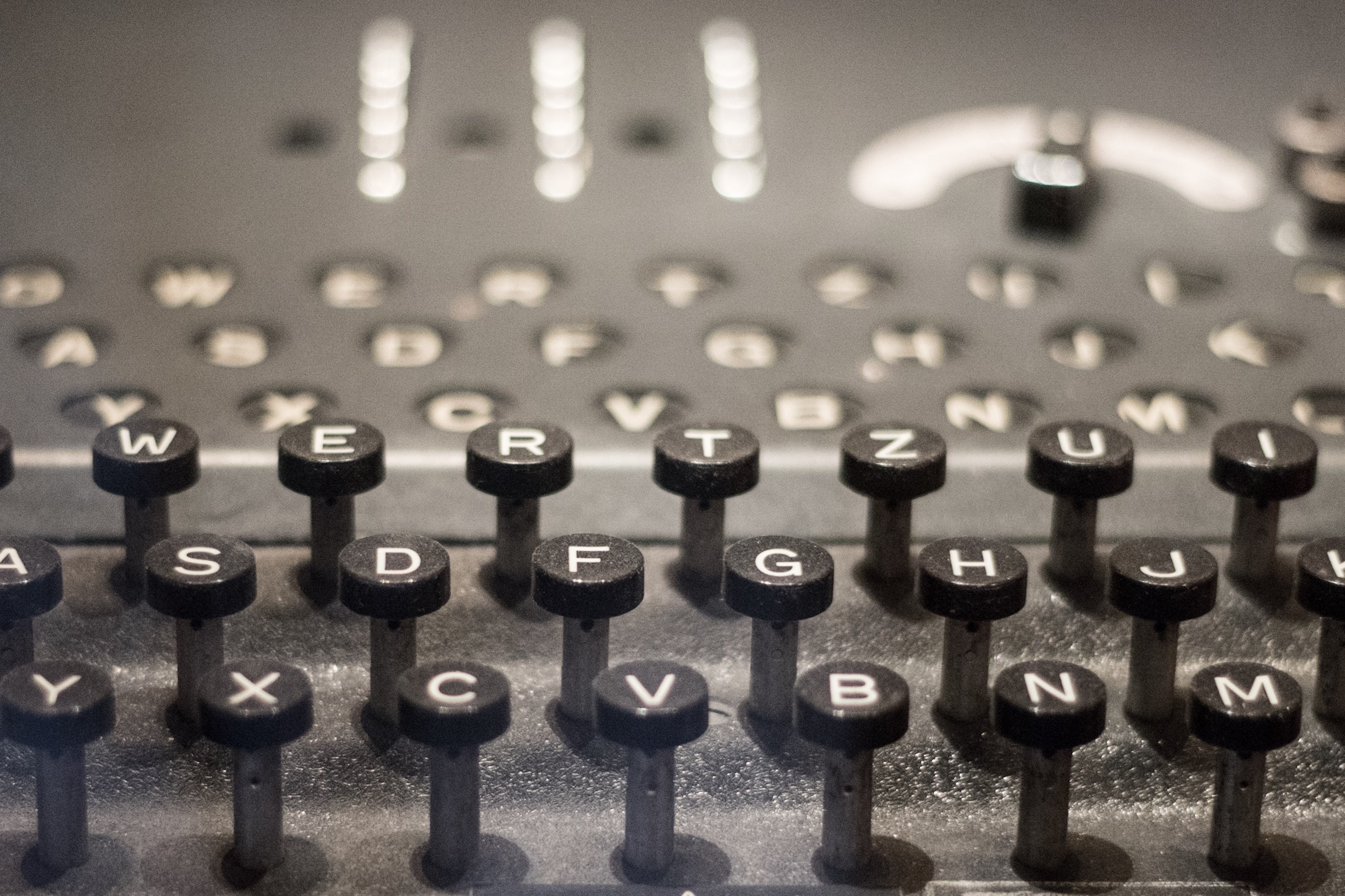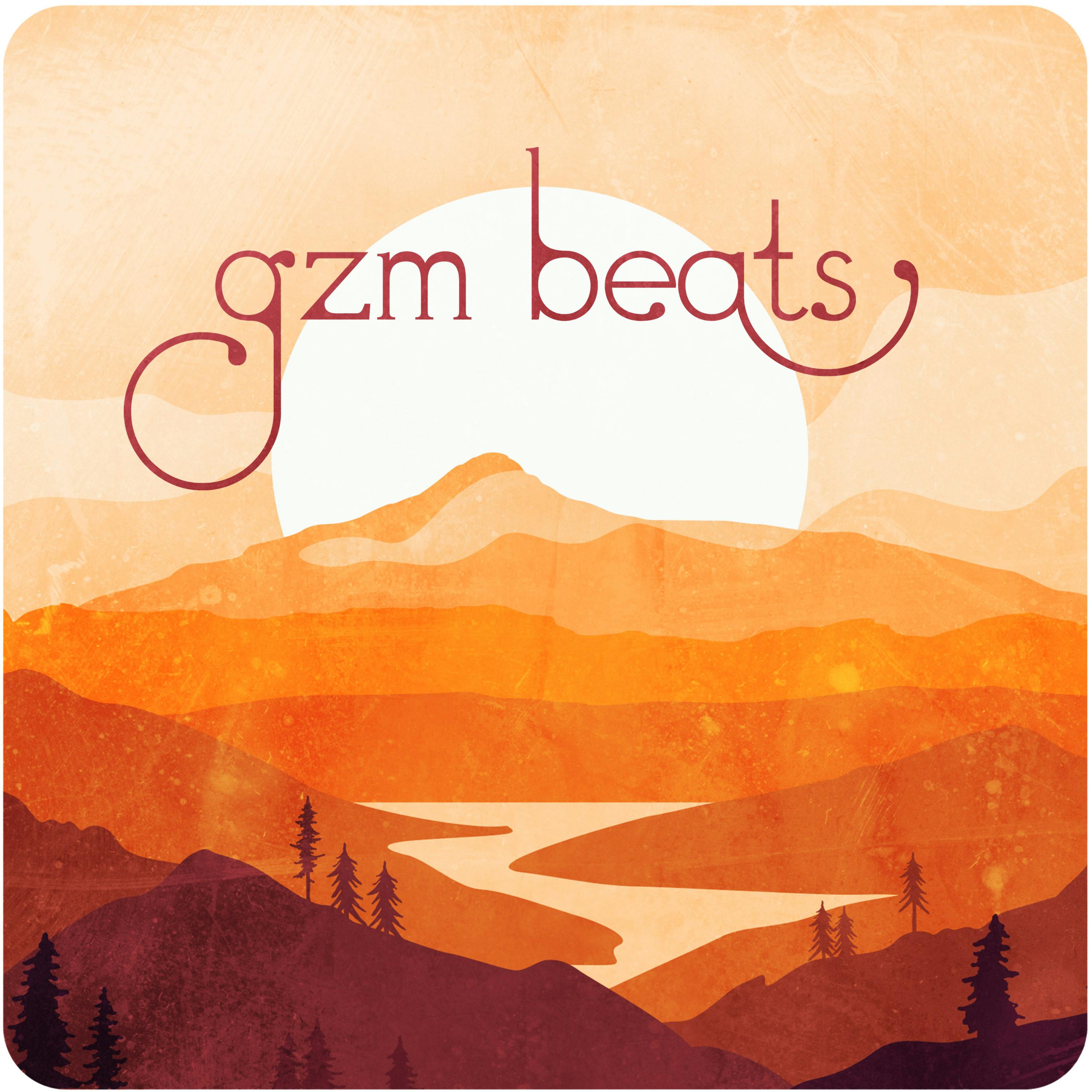
The Kids' Code Podcast
The Kids' Code Podcast is a podcast about codes for kids by kids. In each episode, Barnabas talks about a code, from Morse code to codes he has written himself, with the help of funny characters. Each episode also includes a short original story. Website: https://kidscodepodcast.buzzsprout.com/
The Kids' Code Podcast
Bonus: Egyptian Hieroglyphs
WARNING: Prepare for bad rap in the first 1:15 of this episode.
In this bonus episode, we talk about ancient Egyptian hieroglyphs for the 100th anniversary of the opening of Tutankhamun's tomb. Also, math, math, and math. And the Evil Ant's plots involving math. I am now overcome by math. Math?
To support the show, please rate and review us on Apple Podcasts.
Links:
Egyptian Fractions: https://en.wikipedia.org/wiki/Egyptian_numerals#Fractions
Egyptian Numerals: https://en.wikipedia.org/wiki/Egyptian_numerals
Egyptian Hieroglyphs: https://en.wikipedia.org/wiki/Egyptian_hieroglyphs
The background music used in this episode is "Bio Unit", "Jazz Terminal", and "Virus", all by Bio Unit, and our theme song is "Mosquito" by Caspar Babypants.
EXTRA WARNING: Prepare for bad rap in the first 1:15 of this episode.
You can contact us on this text line.
You can find Dr. Gareth's work at drgarethmoore.com. He has released many puzzle and cipher related books for kids, as well as a lot of stuff for adults, too.
Barnabas (Rapping very Terribly) 01:03
In this bonus episode we hear about the hieroglyphs, and maybe get a few lifts.
Barnabas 01:10
Sorry, I've been really into rap today. Without further delay, start the show.
Barnabas 01:58
Welcome to the Kids' Code Podcast. I'm Barnabas, your host, and with me is Steve, your co-host. Since it's the 100th anniversary of the discovery of king Tut's tomb, we're going to do a little bonus episode about the breaking of Egyptian Hieroglyphs, and how Egyptian numerals are used - both then and in the present day. With us is the Evil Ant.
Evil Ant 02:38
I will now on this podcast episode break the sound barrier and make everyone in all of time and space hear me. (Evil Laughter)
Barnabas 02:58
The system of ancient Egyptian numerals was used in ancient Egypt starting around 3000 BC and was used until the early first millennium AD. It was a system based on multiples of 10, often rounding off to the higher multiple, written in hieroglyphs. Here is how the system works. Note that the Egyptians did not understand how systems like the decimal system would work. The number 1 is just a line, the number 10 is described as a "cattle hobble" - a simple arch, the number 100 looks like a swirl and is described as a "coil of rope", the number 1000 is a water lily, the number 10,000 is a bent finger, the number 100,000 is a tadpole (or sometimes, with feet and wings, a bird), and 1,000,000 or more is person sitting. To show a number you would repeat each of these, So if you wanted 3450 then you would have 3 water lilies, 4 coils of rope, and 5 cattle hobbles.
Steve 04:44
Often, the hieroglyph numerals are used in challenges for codebreakers, and sometimes there are hieroglyph numerals above letters. To figure out these puzzles, sort out what the hieroglyphs are above each letter put the letters in order from highest to lowest value. Then, the message should be revealed.
Barnabas 05:18
These can be written in any direction - from right to left, left to right, top to bottom, or even bottom to top. it didn't matter because they didn't say it in single numbers anyway. Pretty simple, isn't it? Well, it gets more complicated. Many later numerals were in a different system using individual signs for the numbers 1 to 9, multiples of 10 from 10 to 90, multiples of 100 from 100 to 900, and multiples of the thousands from 1000 to 9000. A large number like 9999 could in this way be written with only 4 signs, combining the signs for 9000, 900, 90, and 9 instead of the 36 hieroglyphics, which it would be if it were in the earlier system. 50 years ago, this system was finally figured out.
Steve 06:43
Wow, that later system was better than the Roman numeral system!
Barnabas 06:50
By 1740 BC, the Egyptians had a symbol for zero in their texts. The symbol called nfr, I have no idea how to say it, meaning beautiful, pleasant, and good, was also made to indicate 0 or nothing.
Barnabas 07:16
Fractions were kind of complicated. They used a horizontal pointed oval which meant part, and if there was nothing on the top, on the bottom there would be a certain number of lines to show how many. For example, 1 third would be written as the horizontal oval with 3 lines under it. Other things were more complicated. You can read all about the fractions on Wikipedia. I'll put a link in the show notes.
Barnabas 08:04
There were 2 signs that were used in the hieroglyphs for addition and subtraction. They looked kind of like the lower half of a body. If the feet pointed towards the writing, it signified addition. If it pointed away than it signified subtraction.
Barnabas 08:37
The knowledge of the ancient Egyptian hieroglyphs had been lost completely in the Medieval period. The first attempts to decipher them were in the 9th and 10th centuries, but they mostly failed. All Medieval and Early Modern attempts were hampered by the assumption that hieroglyphs recorded ideas and not the sounds of the language, as no Bilingual texts were available. Any such symbol translation could be proposed without the possibility of verification. It wasn't until Athanasius Kircher in the mid 17th century that scholars began to think the hieroglyphs might also represent sounds. Kircher was familiar with Coptic, and thought that might be the key to deciphering the hieroglyphs, but was held back by a belief in the mystical nature of the symbols. The breakthrough in decipherment came only with the discovery of the Rosetta Stone by Napoleon's troops in 1799 during Napoleon's Egyptian invasion. As the stone both showed a hieroglyphic version and a version of the text in another language that was already known, as well as a Greek translation, there was plenty of material for studies in the translation, and scholars, when they had studied the inscriptions on the stone, were able to make some headway. The complete decipherment was finished in the 1820s. The person who figured it out wrote in a book he created in 1822: "It is a complex system, writing figurative, symbolic, and phonetic all at once, in the same text, in the same phrase, I would almost say in the same word." That is how hard it was.
Barnabas 11:20
In a later episode I might be able to get to more about hieroglyphs and numerals, but that's about enough for now.
Steve 11:32
The sources we used in this episode were the Explorer Academy Codebreaking Activity Adventure by Dr. Gareth Moore, Over 50 Secret Codes by Emily Bone, and the Wikipedia articles Egyptian Numerals and Egyptian Hieroglyphs.
Barnabas 11:55
We'll be back in a few weeks with a compilation of stories, but until then, Keep on Cracking!
Evil Ant 12:23
(Beeps in Morse Code)
Podcasts we love
Check out these other fine podcasts recommended by us, not an algorithm.

One-Time Pod
Derek Bruff
The Big Fib
GZM Shows
At Your Level - for kids by kids
Art and Light Society
Six Minutes
GZM ShowsEleanor Amplified
WHYY
GZM Beats
GZM Shows
What If World - Stories for Kids
Eric O'Keeffe / Starglow Media
Wow in the World
Tinkercast | Wondery
DJ Cryptography: The Podcast
DJ Cryptography


